Canon Sl2 Best Lens for Food Photography
The best lenses for food photography in 2022: make your supper the star

The best lenses for food photography will ensure yous always end upwardly with mouth-watering photos. Chances are if yous dear food and photography, you'll love combining the 2 and while pretty much whatsoever photographic camera volition exist able to produce great photos, the right lens will make your photos look actress appetizing. Then without whatsoever further ado, here are the best lenses for nutrient photography...
Typically, the all-time lenses for nutrient photography are those that give a natural perspective. You don't want to shoot with an ultra-wide-bending lens that distorts the image as it will brand your photos expect strange. We'd recommend a minimum focal length of 35mm on an APS-C torso or a 50mm on a full-frame photographic camera. We have a guide dedicated to the best 50mm lenses which will help you decide which one is best for yous depending on your budget and brand of camera. Even some of the best inexpensive lenses will be great for food photography and after all, the more than you tin save on kit the more you'll accept to spend on things similar props which you lot volition need!
If you lot want to get actually upwardly close to your nutrient so you tin photo every single item, you may want to think about investing in one of the all-time macro lenses. Chances are yous won't need a full macro magnification cistron of ane:ane but you will desire a lens that focuses really close to the nutrient y'all're photographing.
You'll also want to think nigh lighting. Most food photography is done indoors and so there might not be a huge corporeality of ambient light. The best way to become around this is by investing in lighting - this can be either flash or LED panels but if you're not used to shooting with lights LED panels volition be easier to use. This is because once they're set upwards you'll be able to preview the exposure in-camera without worrying nearly the light changing. It would likewise be a expert idea to invest in big white sheets of card as these ca be used to bounce sunlight or other low-cal sources for a more subtle look. Creating highlights and shadows will requite your photos more than depth and make your food look even more delicious.
To make the virtually of available light, information technology's proficient to take a lens with a fairly 'fast' aperture rating. The option of a wide aperture likewise enables you to go a tight depth of field, then you can mistiness the background if you wish, or even isolate a detail part of a dish in close-ups, past blurring its firsthand surroundings.
With all of this in mind, a 30mm to 60mm macro prime lens with an aperture rating of effectually f/2.8 is platonic for food photography with ingather-sensor cameras. For full-frame outfits, a 90mm to 105mm macro prime with the same discontinuity rating is a good pick. However, 50mm and fifty-fifty 35mm prime lenses can as well piece of work well on total-frame bodies, providing that they accept a fairly short minimum focus distance.
So let's encounter which lenses are good enough to proceed the bill of fare. We've chosen cheaper options for less expensive cameras, past the fashion, and gone more upwardly-market for total frame models.
All-time lenses for food photography
Canon

Although small and lightweight at just 190g, there's a fair bit packed into this lens for APS-C format Canon SLRs. Information technology has a quick and ultra-quiet autofocus system based on a stepping motor, a nicely broad f/two.8 aperture rating and a 4-cease 'hybrid' prototype stabilizer, which can correct for x-y shift as well equally the usual athwart vibration. This makes the stabilization specially effective in close-up shots, which is skillful news for food photography. Another neat feature is that it has a born LED Macro Calorie-free effectually the front. Powered from the camera'southward battery, this can add illumination from ane or both sides of the circular lite. Information technology's useful for video too equally stills, but is only really powerful enough for employ at very shut range. Speaking of which, the working altitude between the front end of the lens and what you're shooting for total 1.0x macro magnification is a mere 3cm, or just over an inch.

Tamron'south 90mm macro lenses have been highly popular for decades. This latest edition boasts a high-tech optical path including both LD (Low Dispersion) and XLD (eXtra Low Dispersion) elements, along with dual coatings to minimize ghosting and flare. Similar in some of Canon's recent macro lenses, the latest Tamron features a hybrid image stabilizer that corrects for ten-y shift as well as athwart vibration. If you're especially messy in the kitchen, y'all might capeesh its moisture- and grit-proof construction, as well as the keep-clean fluorine coating on its front element. Ultimately, this lens is as every bit skillful as Catechism's EF 100mm f/2.8L Macro IS USM lens, but rather less expensive to buy.

Unlike many of Canon's RF-mount lenses for its EOS R-serial cameras, this i is compact, lightweight and attractively priced. It has a maximum magnification of 0.5x at its closest focus distance of 0.17m, which should exist more than sufficient for food photography and qualifies it as a 'macro' lens. The autofocus system is swift and most silent, based on a stepping motor, and the 5-stop hybrid epitome stabilizer really is a star performer. You might feel that the 35mm focal length is a little brusk, considering that this lens is for full-frame bodies, but it's still a hugely versatile optic that delivers superb image quality.
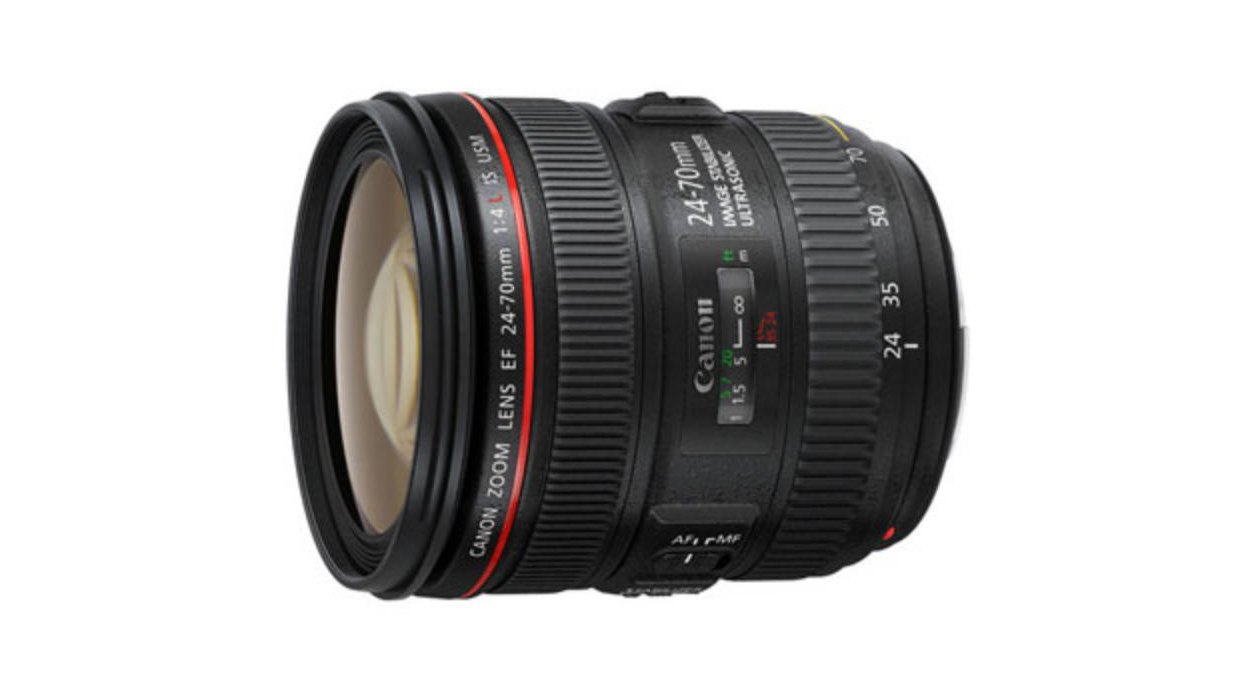
If you desire a one-lens-fits-all solution you may want to think about investing in a standard zoom. The Catechism EF 24-70 f/4 50 IS USM is a great contender due to its lightweight design, a abiding discontinuity of f/4 and optical image stabilization. At that place is an f/2.eight version of this lens only it'due south considerably heavier and will cost yous a lot more and to be honest, you'll be able to go abroad with f/4 for pretty much all nutrient photography. Another reason this lens is keen is that it has a max magnification factor of 0.seven which is two to iii times more than than most standard zoom lenses. The image quality is very skillful, information technology sharp from corner to corner and the dissimilarity is vibrant. The only downside is that it produced more vignetting at wide apertures than other f/4 lenses simply this is easy to correct in mail service.
Nikon

For an f/1.4 lens the Nikon AF-S 50mm f/1.4 Thou is really small - in fact it;s about one-half the physical length of the Nikon-fit Sigma 50mm lens and nearly the third of the weight. The wider discontinuity means that even if you're shooting in low light environments without any boosted lights you lot'll still exist able to produce quite a bright image with a beautifully burred background and shallow depth of field. It'd a great lens if you desire to capture detailed shots of food or very specific elements on a plate. There is also a more budget f/1.8 version which is arguably more than popular due to the toll and the fact the aperture is simply i footstep downwards.
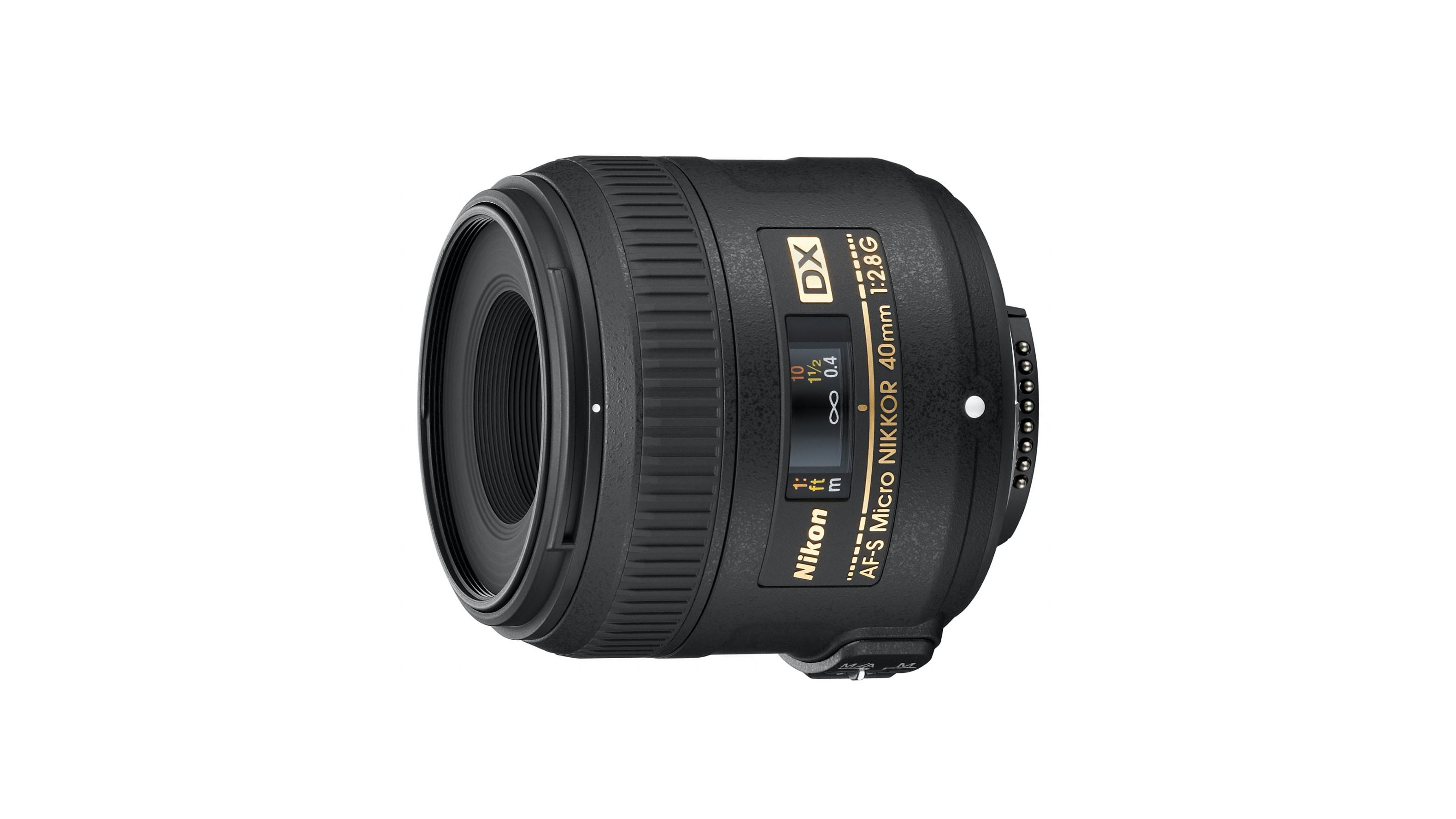
With an effective focal length of 60mm in full-frame terms, this little DX lens for Nikon's APS-C format SLRs gives a very natural viewing perspective. It has a brusque minimum focus distance that enables full one.0x magnification, although the distance between the front of the lens and what you're shooting becomes a mere three.5cm. You therefore demand to be careful not to bandage an unwanted shadow over what you're shooting. Unlike a few similar lenses from some other manufacturers, the Nikon lacks image stabilization but at least it has a fairly fast f/two.8 aperture rating. Autofocus speed is a little pedestrian, although that'southward no real trouble in food photography. Image quality is great, with superb sharpness and virtually no distortion any.

Pop own-brand 'Micro' lenses from Nikon for its full-frame SLRs include 60mm and 105mm options. We prefer this Tamron, which splits the difference in terms of focal length, while adding iv-terminate hybrid stabilization. This counteracts ten-y shift, or motion in the vertical and horizontal planes, as well as the more usual athwart vibration or wobble. The cyberspace effect is that information technology'south rather more than effective at combating camera-shake when shooting shut-ups. In that location's a comfy working distance at the minimum focus distance of 0.3m, which enables full 1.0x macro magnification. Paradigm quality is fabulous at all focus distances, with outstanding sharpness and admittedly negligible amounts of color fringing and baloney.
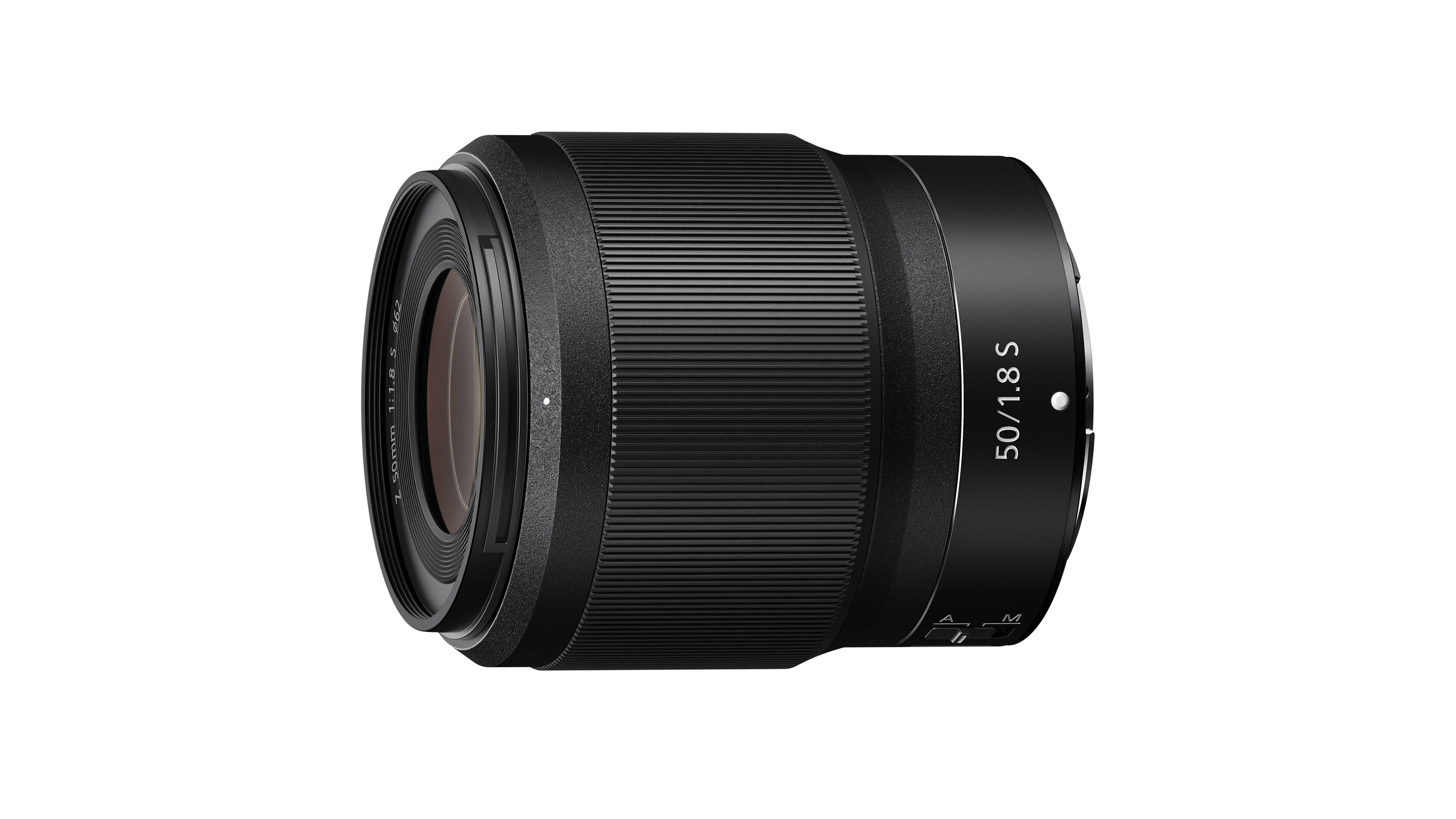
There's not notwithstanding a macro lens in Nikon's Z-mount line-up, and then you'd need to use an F-mountain lens via an FTZ mount adapter for shooting extreme close-ups. Even so, the bending of view delivered by this 50mm lens on a total-frame torso, forth with its 0.4m closest focus distance, enables you to fill the entire image sensor with a regular sized dinner plate. The 0.15x maximum magnification ratio is as well sufficient to create sizeable enlargements from small foodie treats, even more and so if you shoot with a Z 50 APS-C format body. However, this makes epitome stabilization unavailable, which is lacking in the Z 50 merely featured in full-frame Z 6 and Z 7 cameras. Autofocus is fast and nearly silent, while image quality is absolutely stellar in all respects.
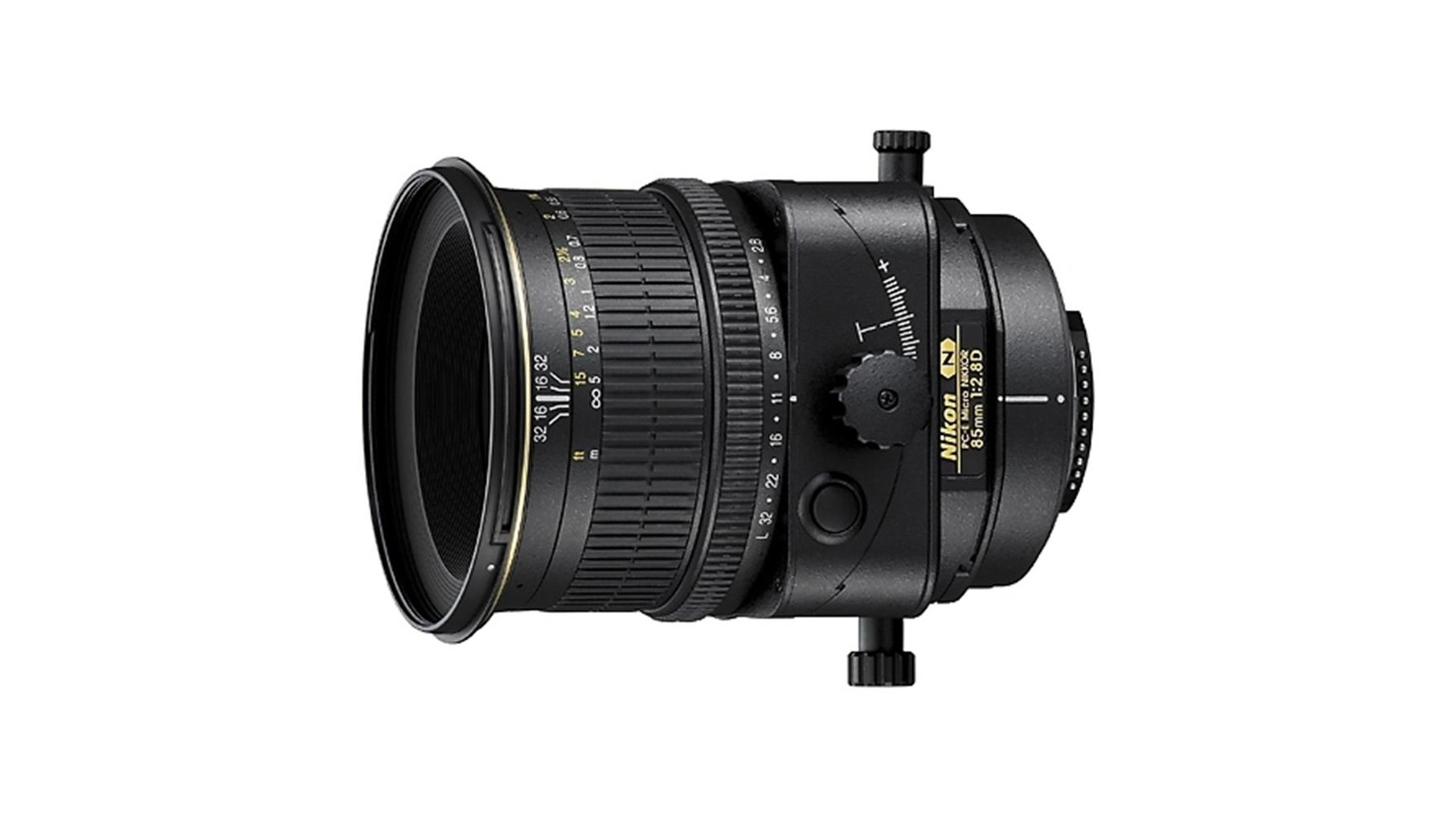
Information technology might a specialist lens and it's not for everyone, but a tilt-shift lens is certainly worth considering for food photography. Why? considering information technology gives you very precise control over the plane of focus in your food photography. Not but tin can you use the tilt motion allow you to right the perspective of your shot and then it doesn't look similar its tipping over, simply the shift mechanism ways you tin can change the focus airplane in your photos. There are a variety of focal length options out there for Nikon (and Canon DSLRs), simply this 85mm Micro lends itself to nutrient photography. There's a 0.5x magnification ratio when shooting at its minimum focus distance of 39cm, while the focal length provides a decent working distance.
Fujifilm
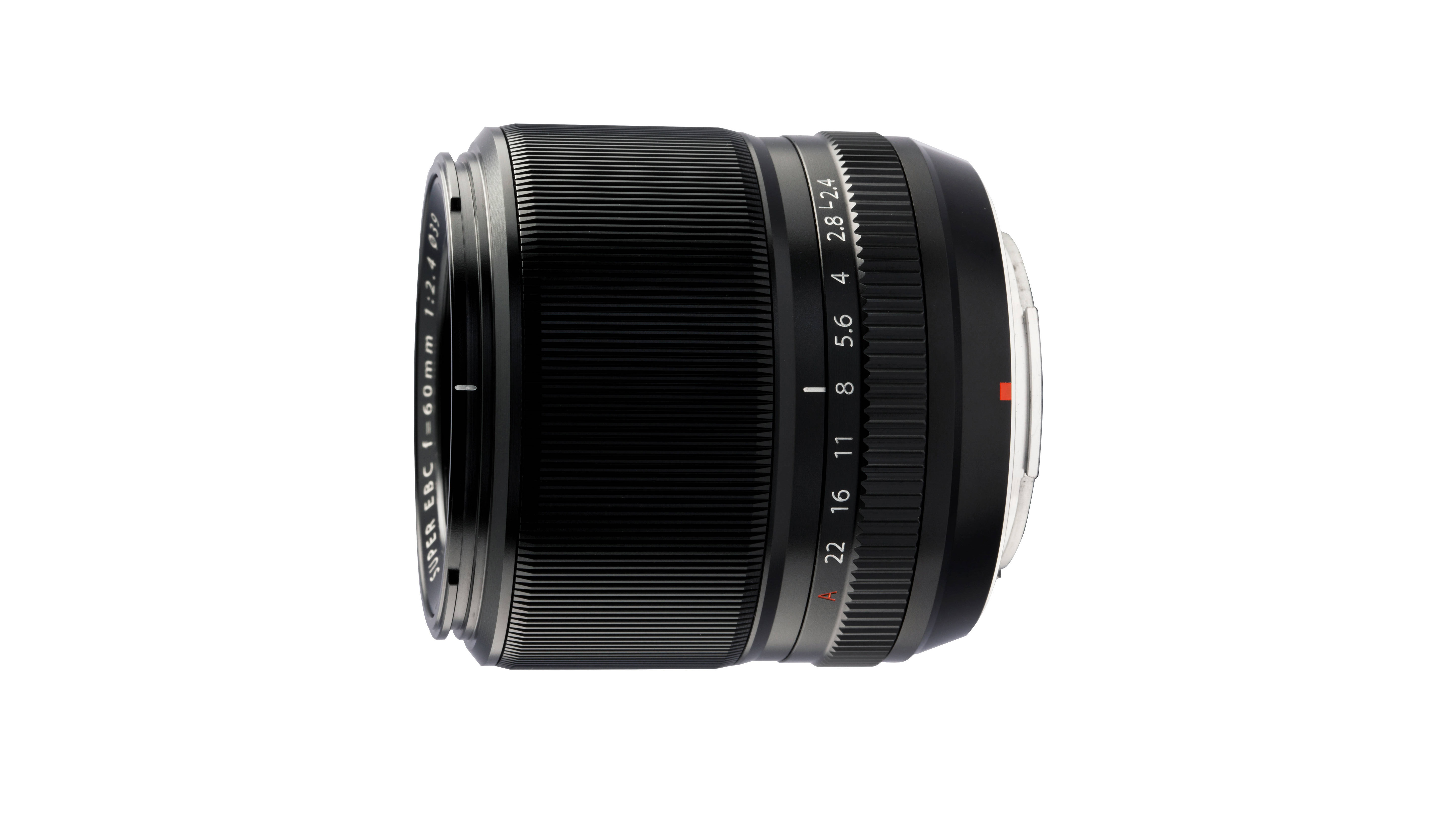
Fujifilm's 60mm macro lens is compact and lightweight just well-engineered and smartly turned out. It has an effective focal length of 90mm, taking into business relationship the 1.5x crop cistron of Fujifilm's X-mount cameras, giving the same angle of view as popular 90mm macro lenses on full-frame cameras. The closest focus altitude of 0.27x enables 0.5x macro magnification, which should testify ample for food photography. Loftier-quality drinking glass includes a moulded aspheric element and an ED (Extra-depression Dispersion) element. The fast f/two.four aperture enables a very tight depth of field at brusk focus distances, along with pleasing bokeh (the pictorial quality of defocused areas). Unlike an increasing number of macro lenses from other manufacturers, however, there'southward no optical epitome stabilizer.
Olympus and Panasonic
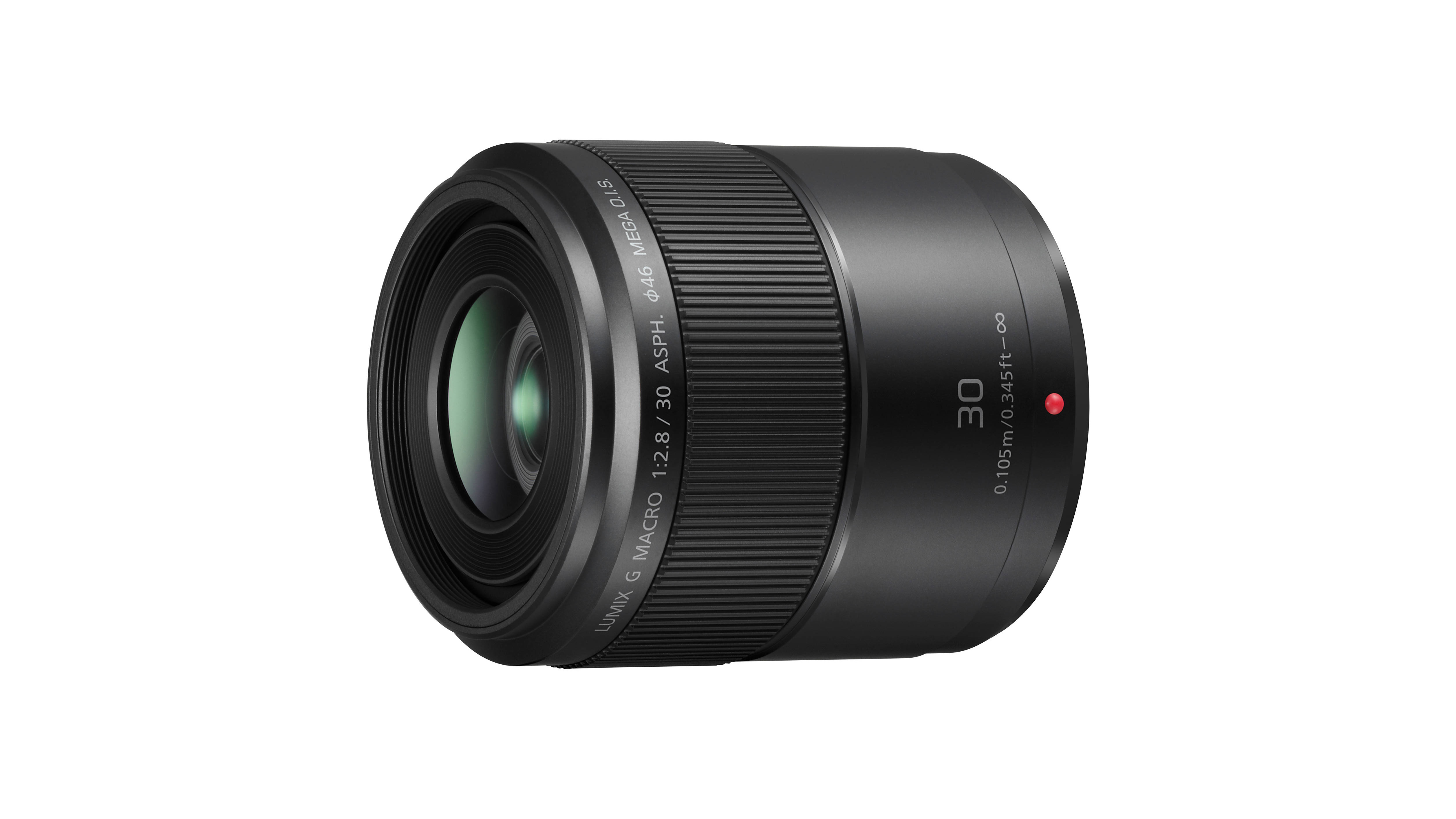
A peach of a lens for food photography, the Panasonic 30mm gives a very natural viewing perspective, equivalent to using a 60mm lens on a full-frame camera. It'south small and particularly lightweight, at only 180g, simply very nicely congenital with a high-quality feel. It's super-abrupt even when shooting wide-open at f/2.eight, right down to its closest focus altitude of 0.11m which enables full 1.0x magnification. Cheers to the 2.0x ingather cistron of Micro Four Thirds cameras, you get an effective two.0x magnification compared with a full-frame camera. The merely downside is that the front of the lens comes very shut to the bailiwick in full macro shooting.

The Olympus M.Zuiko 12-45mm f/four Pro is currently the world's smallest and most lightweight fixed aperture standard zoom lens. Weighing in at just 254g, it's as well incredibly compact at just 70mm length. Its Pro designation means it sports an all-metallic construction and is fully conditions sealed to withstand water, clay and freezing temperatures. Able to focus as shut as 12cm at the widest terminate and 23cm at the telephoto, and offering 0.25x maximum magnification (0.5x equivalent, in full-frame terms) beyond the zoom range, it makes it a not bad option for nutrient photography.
Sony

Sony'southward shiny 30mm macro lens features an aspherical chemical element and ED (Actress-low Dispersion) glass, along with a smooth and ultra-quiet stepping motor autofocus system. In other respects, information technology's pretty basic, with a relatively slow f/iii.5 discontinuity rating, no Optical SteadyShot, and no external moving parts apart from the electronically coupled manual focus band. At its shortest focus distance, information technology delivers 1.0x macro magnification simply, as with other full macro lenses of a similar focal length, this means that the front of the lens comes very close to what you're shooting, so you have to exist careful non to block ambient lighting. Even and then, the lens is capable of superb results with excellent sharpness in the central region of the frame. It'due south likewise impressively compact and lightweight, likewise equally being very keenly priced for an own-brand Sony lens.

This premium macro lens for Sony full-frame and APS-C format E-mount cameras has plenty of loftier-end handling features. There's Optical SteadyShot and a fast, near-silent autofocus organization powered by a 'Directly Drive Super Sonic wave Motor'. Further focusing attractions include a customisable focus hold button on the barrel and a range limiter switch. A push-pull machinery in the focus ring enables easy switching between autofocus and manual focus, reminiscent of classic macro lenses from the likes of Tamron and Tokina. Helped by the inclusion of aspherical, ED (Extra-low Dispersion) and Super ED elements, sharpness and clarity are fantabulous, forth with minimal colour fringing and distortion. Meanwhile, defocused areas in images have a pleasingly smoothen appearance. All in all, it's the perfect lens for food photography with A7 and A9 series cameras.
How we test lenses
We test lenses using both existent world sample images and lab tests. Our lab tests are carried out scientifically in controlled conditions using the Imatest testing suite, which consists of custom charts and assay software that measures resolution in line widths/picture height, a measurement widely used in lens and photographic camera testing. We find the combination of lab and real-word testing works best, every bit each reveals unlike qualities and characteristics.
Read more:
• What are the best photographic camera lenses to purchase?
• Need to shoot ultra close ups? These are the all-time macro lenses
• The best 50mm lenses are also great for food photography
• The best books on food photography
• 10 food photography tips
0 Response to "Canon Sl2 Best Lens for Food Photography"
Post a Comment